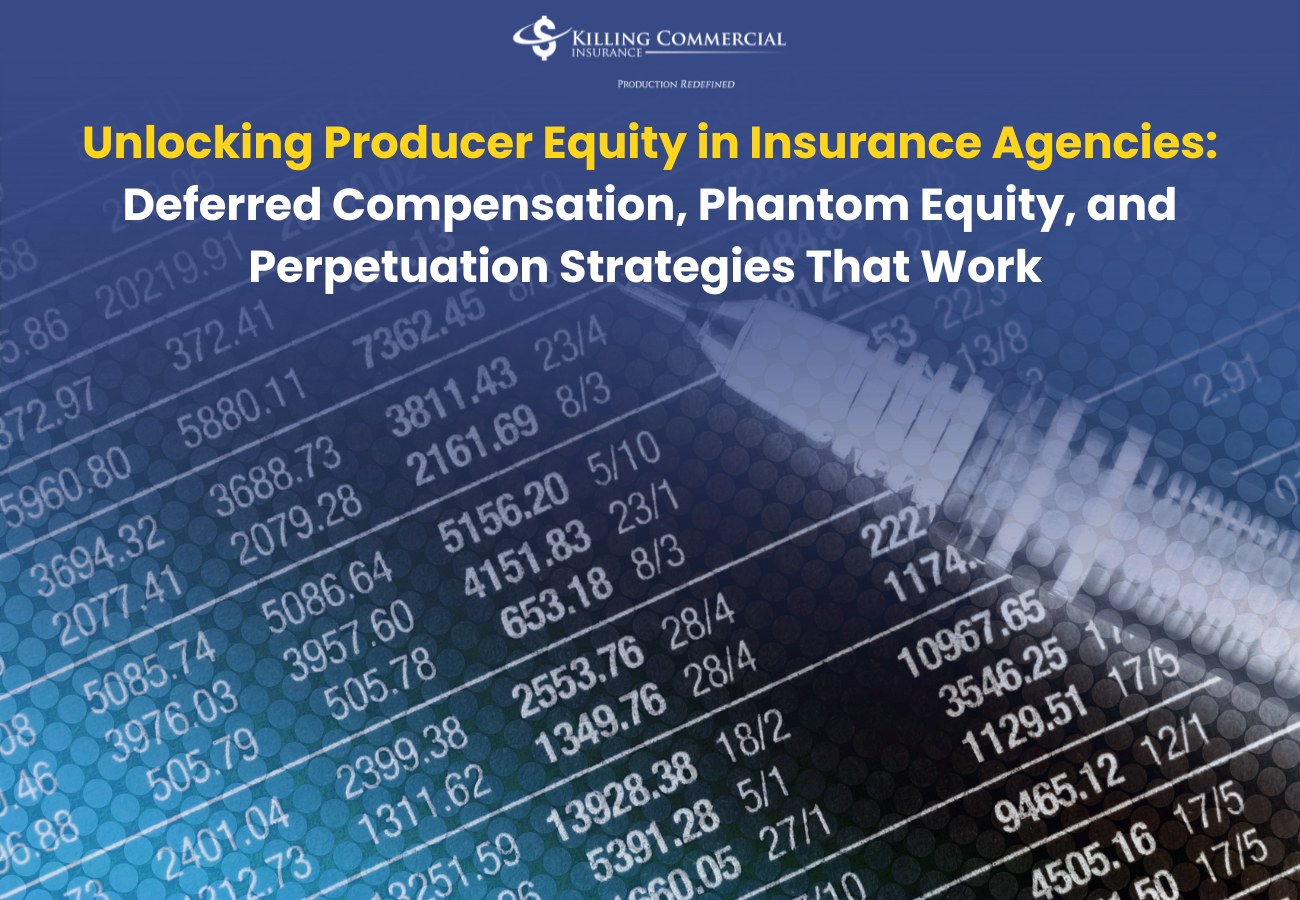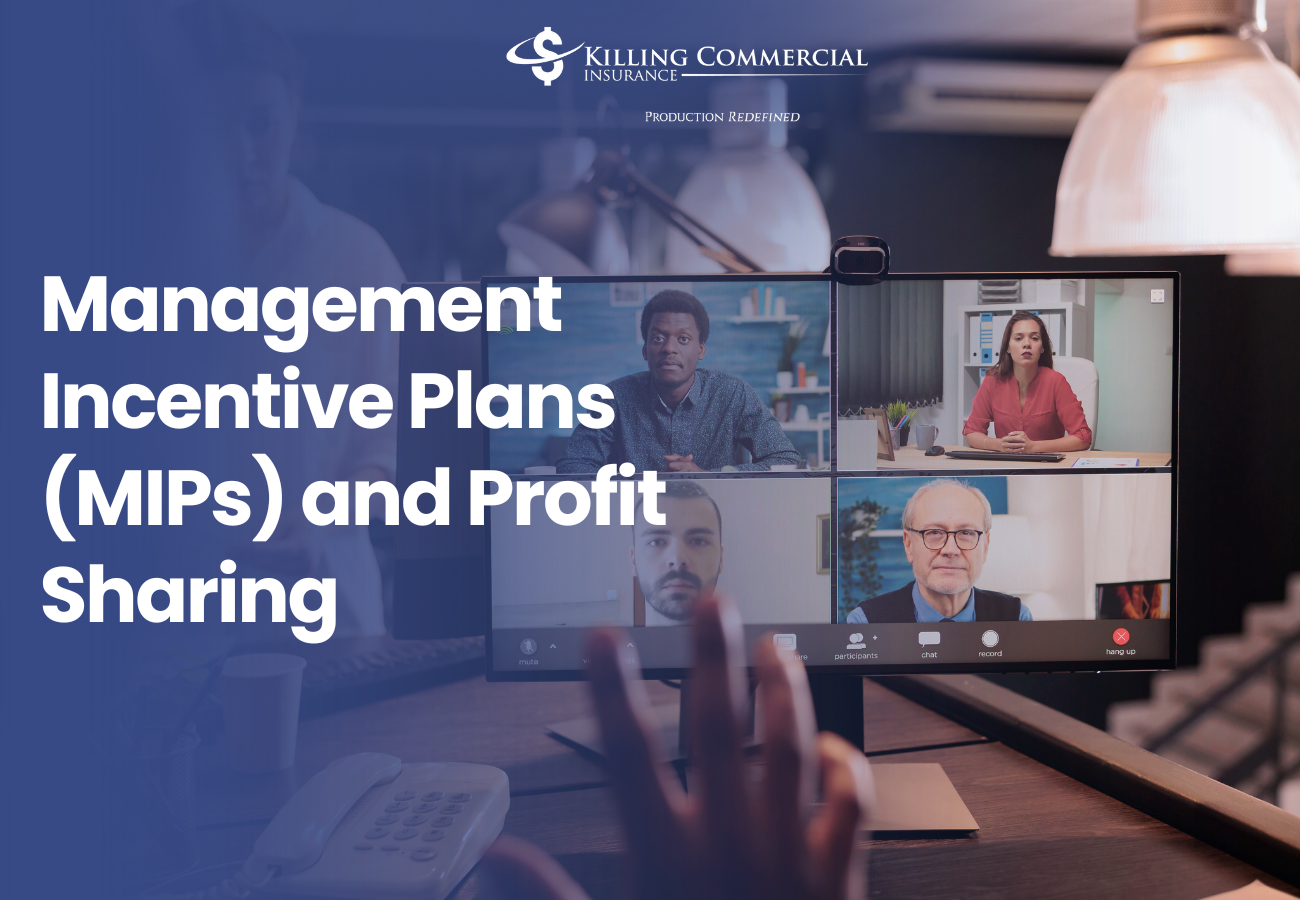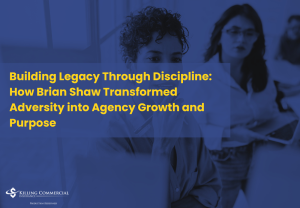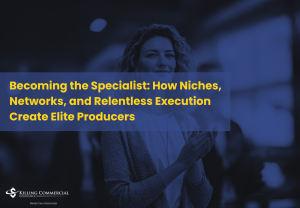
From Confusion to Clarity: How Insurance Agencies Can Unlock Growth Through Strategic Leadership and Culture
In the fast-paced world of commercial insurance, the grind of daily operations often blinds agency leaders to the foundational cracks forming beneath them. Producers are focused on closing deals. Account managers are buried in servicing. Agency principals are juggling leadership, sales, operations, and finance. Yet in the midst of this hustle, many agencies lack the one thing that can unlock the next level of growth: organizational clarity.









Responses